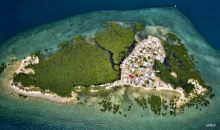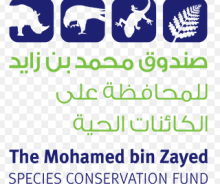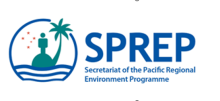
Protected area or ‘paper park’? Ocean protection means more than lines on a map
Two weeks ago, U.S. President Barack Obama expanded the Papahānaumokuākea Marine National Monument (PMNM), a stretch of islet and waters in the far northwestern reaches of the Hawaiian archipelago. The expansion made PMNM the largest marine protected area in the world.Learn how these marine protected areas make our oceans healthier.
But Hawai’i wasn’t done. The governor of Hawai’i followed the president’s announcement by increasing the “effective management” of its nearshore waters to over 30 percent by 2030.
Even with these two announcements, Hawai'i's oceans still face four major threats, according to CI's Hawai'i director:
- Climate change
- Pollution
- Invasive species
- Overfishing
Not to mention that currently only about 4 percent of the world’s oceans are considered protected — well short of the 20 percent to 30 percent goal that most marine scientists agree necessary to make oceans more resilient to these threats.
So there’s a lot more work to be done. First, we need more people to understand one of our best tools for protecting our oceans. Read this Q&A with one of our oceans experts to learn more about marine protected areas.









